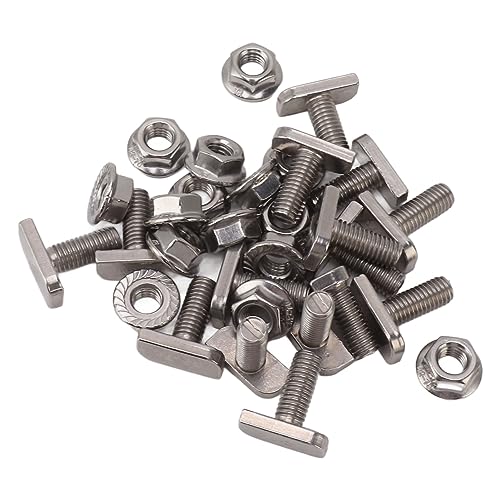Here's a simple little educational puzzle. It doesn't involve anything at all complex, but for those just starting out is still a good little test of logic.
Here's the scenario: You have four unidentified conductors running between two distant locations (say four black singles pulled through a conduit, or something similar). You need to identify the four conductors at each end, and for the sake of this exercise we'll say they need to be labeled A, B, C, and D.
The only test equipment you have available is a basic ohmmeter or other continuity indicator, and starting at one end, you must have all four conductors correctly identified at both ends by making no more than one trip to the far end and back again. You don't have any resistances, diodes, or other components to help you, and you certainly don't have a modern multi-core cable ID tester! You have no way to make any connections to earth either.
How do you go about it?
Here's the scenario: You have four unidentified conductors running between two distant locations (say four black singles pulled through a conduit, or something similar). You need to identify the four conductors at each end, and for the sake of this exercise we'll say they need to be labeled A, B, C, and D.
The only test equipment you have available is a basic ohmmeter or other continuity indicator, and starting at one end, you must have all four conductors correctly identified at both ends by making no more than one trip to the far end and back again. You don't have any resistances, diodes, or other components to help you, and you certainly don't have a modern multi-core cable ID tester! You have no way to make any connections to earth either.
How do you go about it?































































